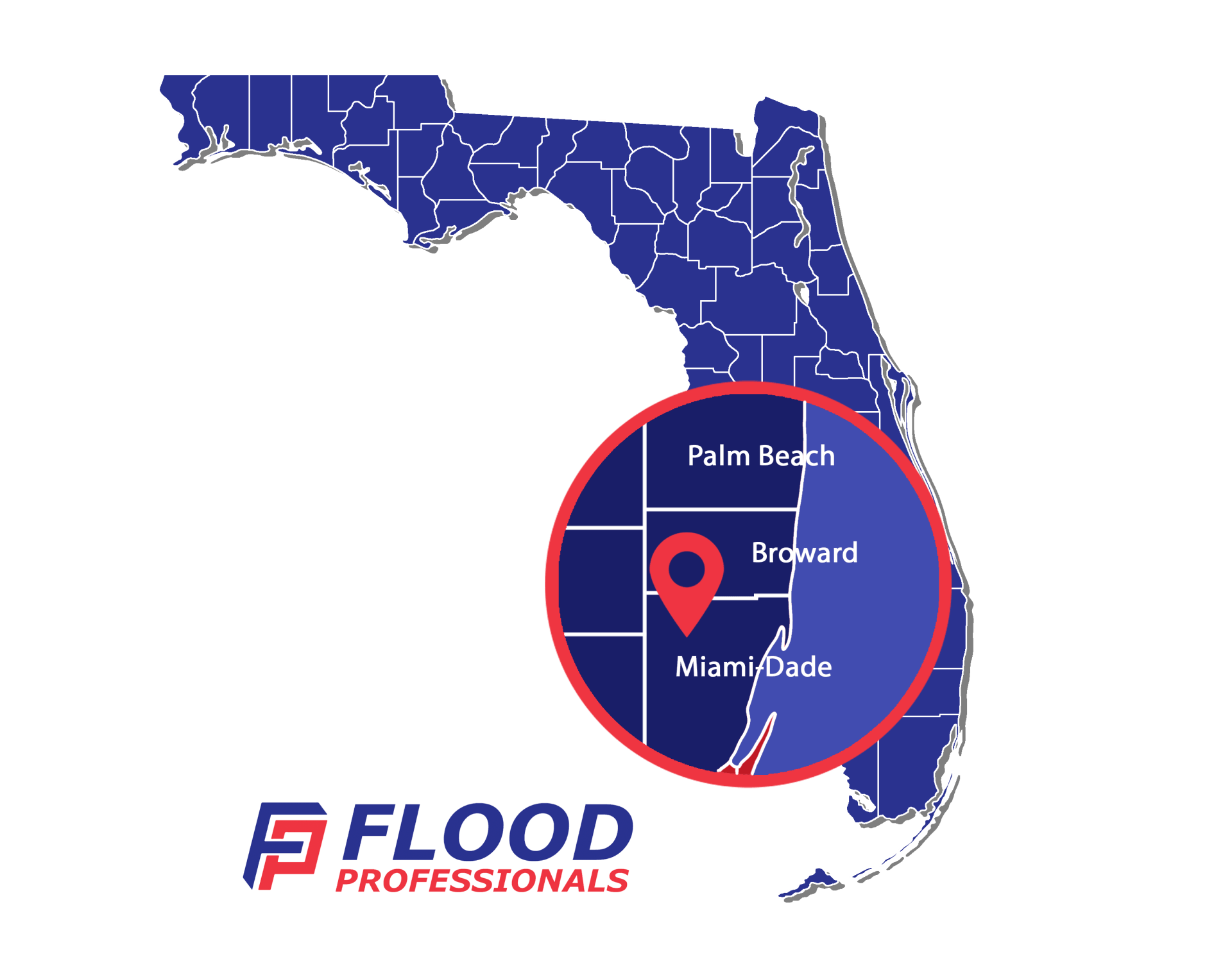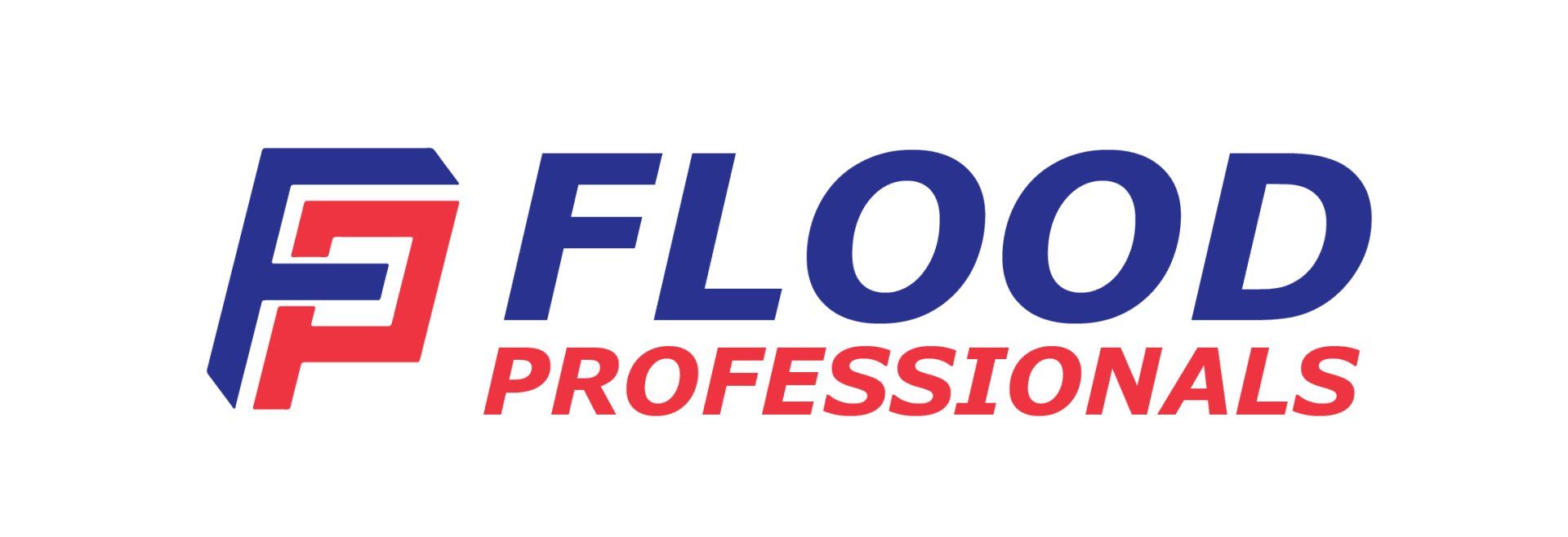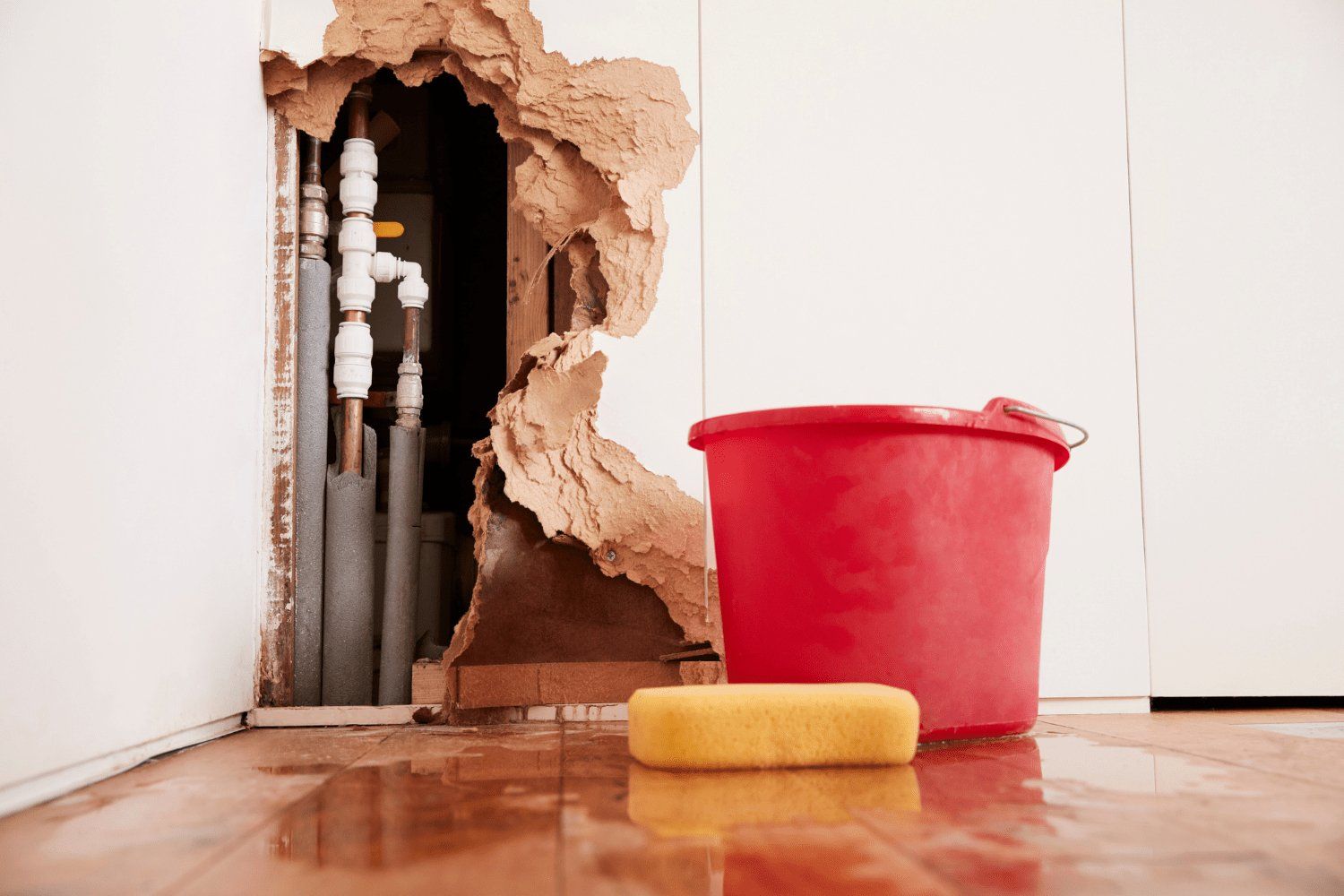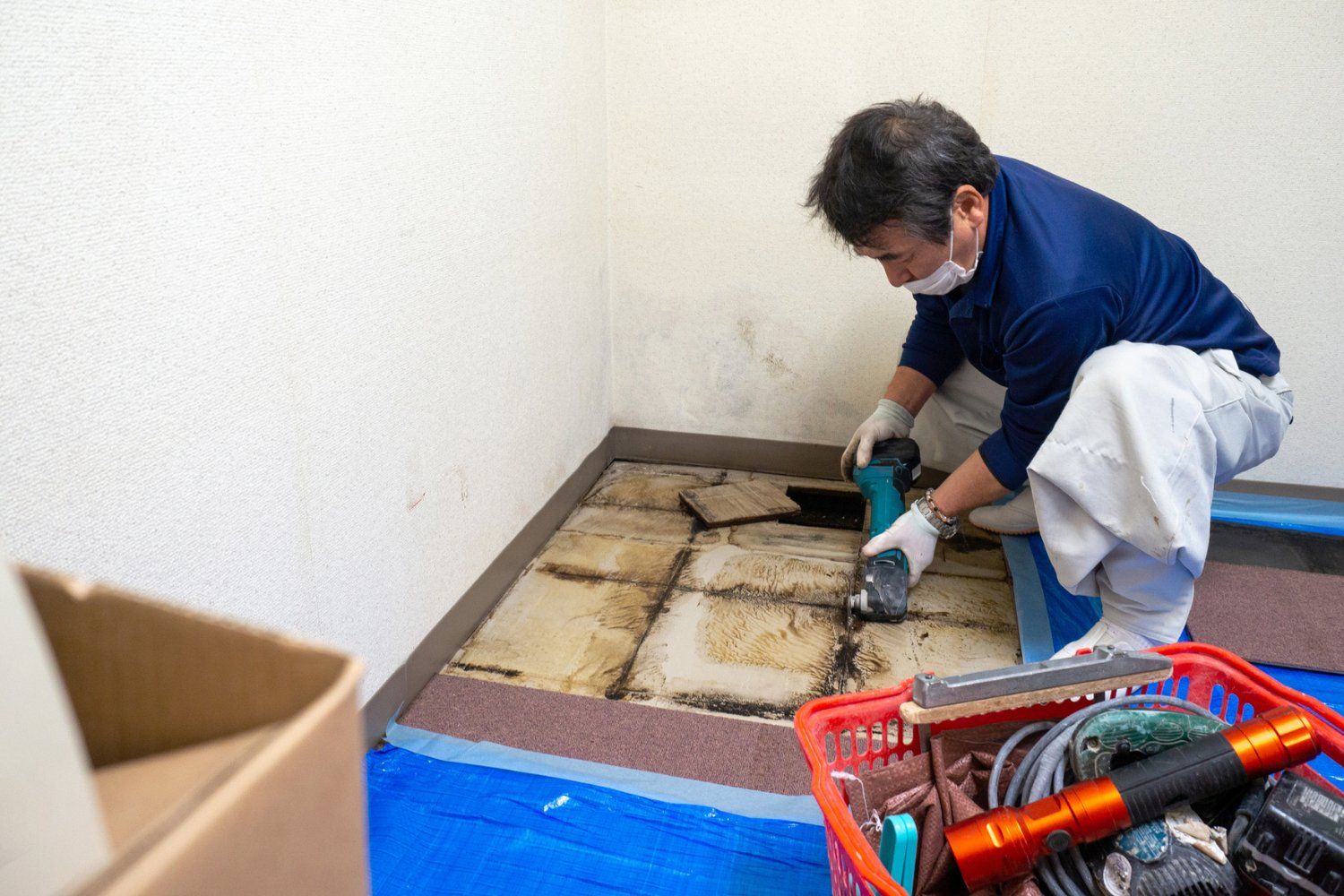Mold Prevention: 9 Tips
Mold is a fungus that thrives in damp environments. It can often be found on the surface of wood, drywall, and other surfaces that are exposed to moisture. Although mold can grow anywhere indoors or outdoors, it is most commonly found in bathrooms due to the humidity from showers and baths. Mold prevention includes reducing humidity levels by ventilating areas with high moisture content as well as removing any water leaks promptly. If you notice signs of mold growth such as discolored spots on walls or ceilings or an unpleasant musty odor coming from your bathroom, call a professional mold remediation company such as Flood Professionals, INC. for help!
What Makes It A Problem?
Mold spores spread quickly and cannot be entirely removed. Mold may develop in a variety of places, including the underside of drywall, regions within walls near leaky or condensing pipes, and above ceiling tiles. Mold is not only difficult and expensive to remove, but it may also generate allergies and irritants that can be harmful to your health.
So, what can you do if you're worried about mold spreading in your household? Preventing mold until it becomes an issue is the smartest method. The key to mold prevention is moisture management.
Here are some ways for mold prevention and moisture control inside.
- Evaluate And Address Potential Issues In Your Home:
Your house cannot be mold-proofed, but it may be made mold-resistant. Conduct a house audit to identify trouble areas. Is the basement flooded? Do you see a lot of moisture on an upstairs window? Is there a stain on the ceiling caused by a continuous leak? Mold can be prevented from developing or spreading by tearing up carpet in a wet basement, installing mold prevention products, or fixing broken gutters. It might also be a case of extensive excavation and waterproofing. In any event, deal with the issue right now. It may sound expensive up front, but it will undoubtedly cost more money in the long run if mold is allowed to develop unchecked.
- Dry Wet Areas Right Away: Mold cannot develop in the absence of moisture, therefore deal with damp spots as soon as possible. Leakage into the basement during heavy rain, buildup from a leaking pipe, and even a spill on the carpet should be dried within 24 to 48 hours. If your home has been flooded, remove any water-damaged carpeting, bedding, or furniture that cannot be thoroughly dry. Even little incidents need attention. Don't leave damp objects lying around the house, and make sure to dry the floor and walls after a shower, as examples of basic
mold prevention. Wet garments should not be washed in the washing machine, where mold can quickly grow. Hang them to dry, ideally outside or in well-ventilated locations. In addition, mold-resistant gypsum board is accessible; the drywall's core is designed to inhibit moisture absorption, and hence mold development.
- Proper Ventilation Can Help You Avoid Dampness: It's possible that your daily domestic chores are promoting mold development in your house. Provide appropriate ventilation in your bathroom, kitchen, laundry room, and any other high-moisture location to ensure that even basic activities like preparing meals, having a shower, or doing a load of laundry don't encourage mold. Appliances that create moisture, such as laundry dryers and stoves, should be vented to the outside. Use air conditioners and dehumidifiers, but check them often and clean them according to the manufacturer's instructions to ensure they don't create moisture.
- Invest In Mold Prevention Products For Your Home: Construction or renovation of a new house? Use mold prevention materials, such as mold-resistant drywall or mold-resistant Sheetrock, and mold-inhibiting paints. Gypsum plaster core sandwiched between paper plies is the traditional construction method for traditional drywall construction. Mold-resistant drywall has no paper – the gypsum core is coated with fiberglass, making it very water-resistant. Wet places such as restrooms, laundries, basements, and kitchens can benefit from moisture-resistant drywall, which comes in handy. Regular drywall is not only more vulnerable to mold than paperless drywall, but it is also more difficult to remove, and the cost of repair and disposal can be high. In addition, mold-resistant gypsum board is accessible; the drywall's core is designed to inhibit moisture absorption, and hence mold development.
- Indoor Humidity Should Be Monitored: The EPA advises keeping indoor humidity levels between 30 and 60%. A humidity meter, which can be obtained at your local hardware shop, may be used to measure humidity. You'll also be able to notice high relative humidity in your house by just paying attention to possible issue areas. Moisture on windows, pipes, and walls are telltale indications of high humidity. If you observe condensation, quickly dry the area and address the cause of the moisture.
- Keep Water Away From Your House: Water may gather and leak into your cellar or basement if the ground surrounding your home is not adequately sloping away from the foundations. This will aid in mold prevention in your home.
- Roof Gutters Should Be Cleaned Or Repaired: Mold prevention might be as simple as repairing a leaking roof caused by overflowing or damaged gutters. Keep your roof gutters in good condition by cleaning them on a regular basis and checking them for damage. Repair them as needed, and keep an eye out for water stains after thunderstorms, which might signal a leak.
- Increase The Air Circulation In Your Home: According to the EPA, when temperature falls, the air's capacity to retain moisture decreases. Excess moisture in your house may appear on your walls, windows, and floors if there is insufficient air movement. Open the doors between rooms, move furniture away from walls, and open doors to closets that may be cooler than the rooms they are in to enhance airflow. Allow fresh air to enter to minimize moisture and help in mold prevention in your house.
- Keep Mold Away From Your Houseplants: They're lovely and help to keep your indoor air clean - but mold adores them. Indoor plants' wet soil is an ideal breeding ground for mold, which can eventually spread to other areas of your home. Rather than getting rid of your plants, consider adding a few drops of Taheebo tea to the water you give them. This tree's oil, which can tolerate fungus even in rain forests, aids in the prevention of mold growth in plant soil and may be obtained in natural food shops.
In Conclusion
Lastly, learn about your region's climate, whether it's the cold and rainy Northeast, the hot and wet South, the hot and dry Southwest, or the cold and dry West, and how it reacts to rainfall. When it comes to mold prevention, there is really no one-size-fits-all approach. Understanding what works best for your climate and house is a crucial first step.
A Mold Remediation Company Serving Florida
Contact Flood Professionals, Inc. at 305-697-9080 today for 24 hour water damage restoration, fire damage restoration, or mold remediation along with any of our other services or get an instant quote from our website. Our mold remediation company will get to your Florida home and help you in mold prevention in 30 to 60 minutes.
Learn more about Mold Remediation Process: An Insider's Guide
More To Explore

SERVICE AREAS
Our Service Area In South Florida
As a local, family-owned company, we are committed to keeping your family safe from mold problems. We provide a full line of mold testing and inspection services to all in the following areas:
Need Help With Disaster Restoration?
GET A FREE QUOTE TODAY
We are IICRC certified and hire only the most trustworthy and dedicated team members to ensure that each job is taken seriously and handled with absolute professionalism.
Quick Links



